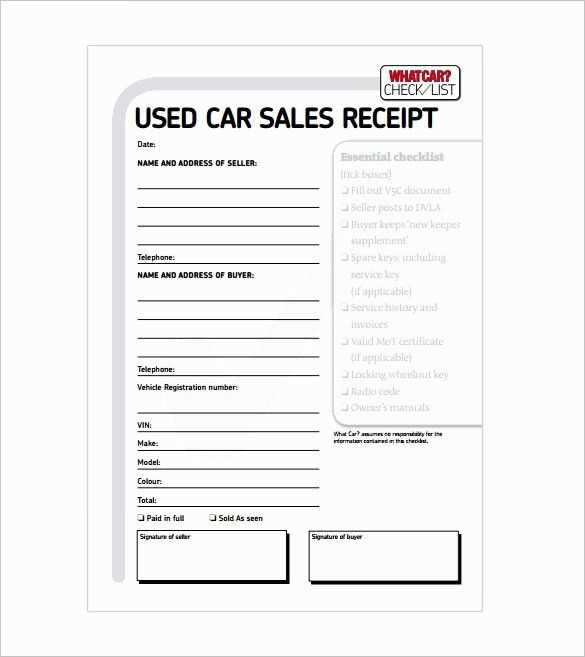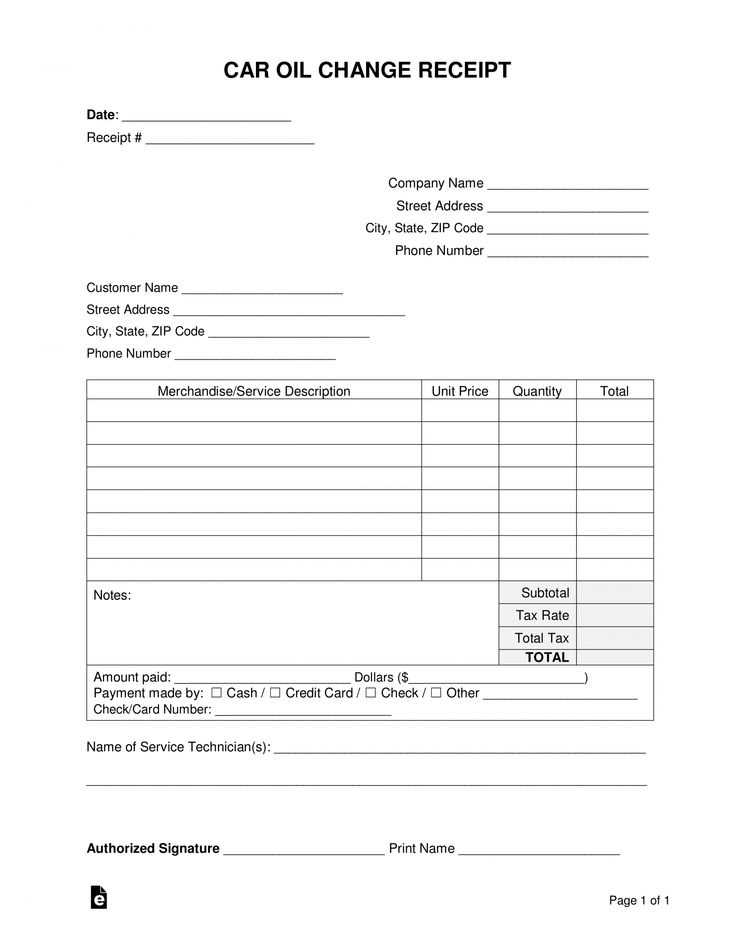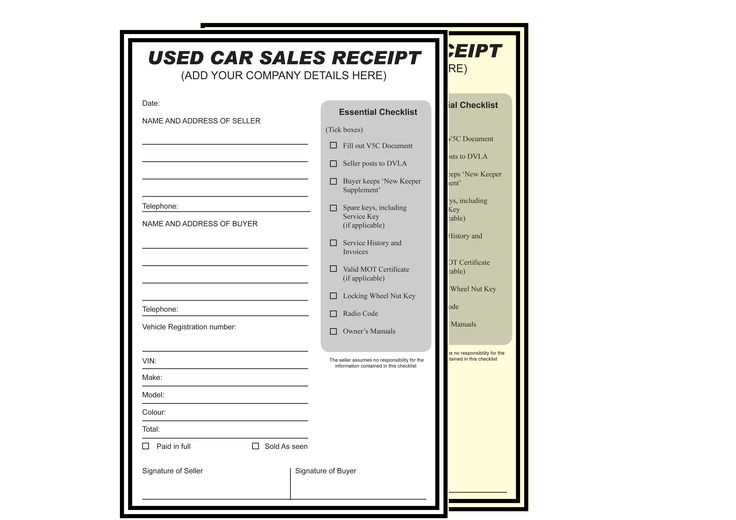
Why a Car Buy Receipt Matters

A car buy receipt serves as proof of a legal transaction between the buyer and seller. It ensures transparency, provides clarity on payment details, and protects both parties in case of disputes. Creating a professional and accurate receipt is critical for establishing trust and legal compliance.
Key Elements of a Car Buy Receipt

To make a valid and reliable receipt, include the following details:
- Buyer and Seller Information: Full names, addresses, and contact details of both parties.
- Vehicle Details: Make, model, year, VIN (Vehicle Identification Number), color, and odometer reading.
- Sale Price: Clearly specify the agreed-upon amount in numerical and written format.
- Payment Method: Indicate whether payment was made in cash, via check, or through another method.
- Date of Sale: The exact date the transaction took place.
- Conditions of Sale: State whether the sale is “as-is” or includes warranties, if any.
- Signatures: Both parties should sign the receipt for validation.
Additional Tips for Accuracy

- Double-check Information: Ensure all data matches the vehicle’s registration and title documents.
- Keep Multiple Copies: Provide a copy for both the buyer and seller, and keep one for your records.
- Use a Template: Utilize pre-designed templates to save time and reduce the risk of errors.
Free Car Buy Receipt Template

Here’s an example of how your receipt might look:
Car Buy Receipt
Buyer: [Name, Address, Contact Info]
Seller: [Name, Address, Contact Info]
Vehicle: [Make, Model, Year, VIN, Color, Odometer Reading]
Sale Price: $[Amount] (in words: [Amount in Words])
Payment Method: [Cash/Check/Other]
Date of Sale: [MM/DD/YYYY]
Condition: Sold “as-is” with no warranties implied or included.
Buyer Signature: ______________________
Seller Signature: ______________________
By including these details, you ensure a smooth and professional transaction, safeguarding both parties against future complications.
Car Buy Receipt Template
Key Components of a Car Receipt
Step-by-Step Guide to Creating a Receipt
Common Mistakes to Avoid in a Car Receipt
Key Components of a Car Receipt
A proper car receipt should include the full names and contact information of both the buyer and the seller, the make, model, year, and Vehicle Identification Number (VIN) of the car, the agreed purchase price, and the date of the transaction. Add a clear declaration of the car’s condition (e.g., “sold as-is”) and any warranty details if applicable. Both parties should sign the receipt to confirm the transaction.
Step-by-Step Guide to Creating a Receipt
Begin by creating a title like “Car Sale Receipt” at the top of the document. Add sections for buyer and seller details, ensuring the names and addresses are legible. Next, include a description of the car, listing key details such as VIN, mileage, and license plate number. Specify the payment amount and method (cash, check, etc.), along with any deposit or installment details. Conclude with signature lines for both parties and the date.
Avoid vague language or missing critical details such as the VIN or payment method, as this could complicate future disputes. Proofread the document to eliminate errors and ensure all sections are complete and accurate before signing.


